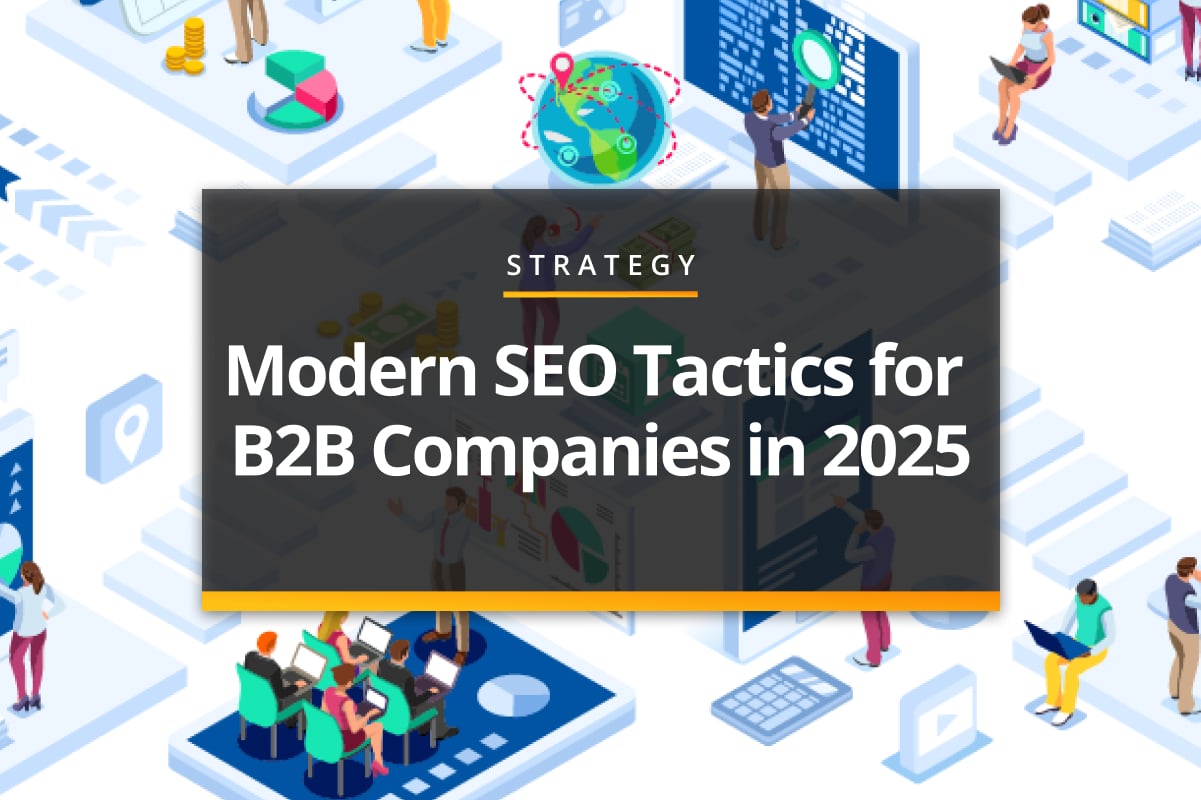
Here’s the reality: SEO isn’t dead, but it’s nothing like it was five years ago. If you’re running a B2B service business, whether you’re manufacturing components, providing professional services, or anything in between, the way your customers discover you online has fundamentally shifted.
Google’s rolling out AI-powered overviews. Bing’s got ChatGPT baked in. Users are asking questions differently, expecting instant answers, and some are bypassing traditional search entirely with tools like Perplexity. Meanwhile, you’re probably still optimizing for the same keyword rankings that worked in 2019.
Here’s what actually works now: practical, battle-tested strategies that improve visibility, drive performance, and—most importantly—bring qualified prospects to your door.
1. Stop Chasing Keywords. Start Solving Problems.
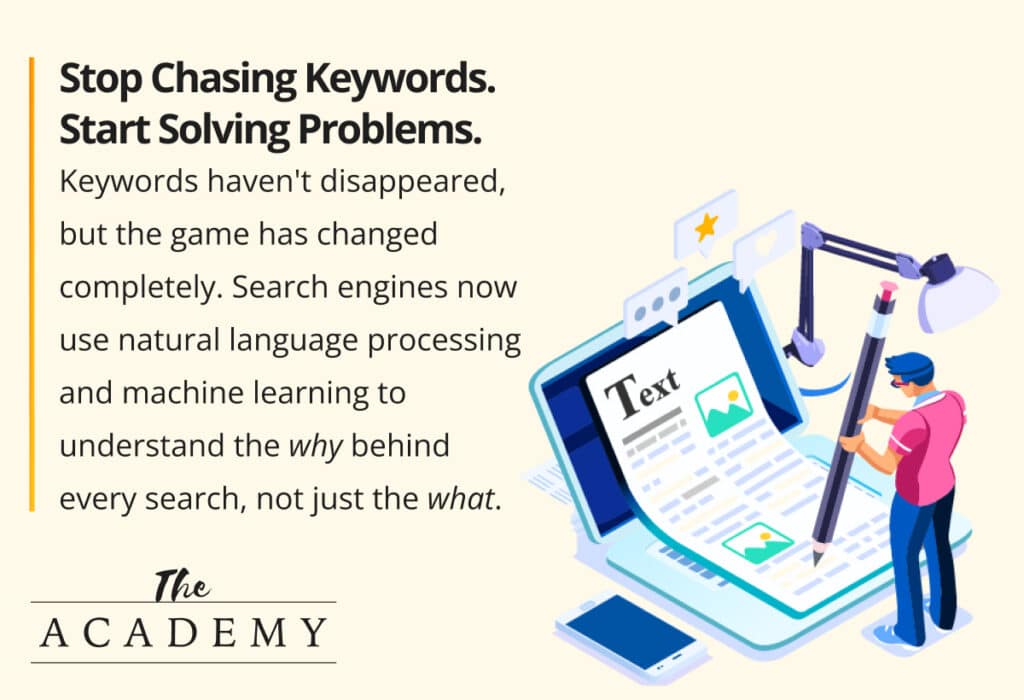
Keywords haven’t disappeared, but the game has changed completely. Search engines now use natural language processing and machine learning to understand the why behind every search, not just the what.
When someone searches “industrial coating solutions,” they don’t want a page that mentions that phrase 47 times. They want answers: which coatings work best, for what applications, how long they last, and who’s a reliable provider.
What to do:
- Start with your sales team’s most common questions.
- Use tools like AnswerThePublic or AlsoAsked to find related queries.
- Create resource hubs around full problem sets, not just isolated terms.
- Group related content to build topical authority.
2. Master the Fundamentals (They Matter More Than Ever)
Before getting fancy, nail the basics. Google still uses hundreds of signals to rank your pages—and strong fundamentals are non-negotiable.
Get these right:
- Page titles that match real searches.
- Meta descriptions that attract clicks.
- H1s that clearly explain page content.
- Logical internal linking for users and crawlers.
- Schema markup for enhanced understanding and visibility.
Tools that help: Screaming Frog, Surfer SEO, Clearscope
3. Create Content That Actually Helps People
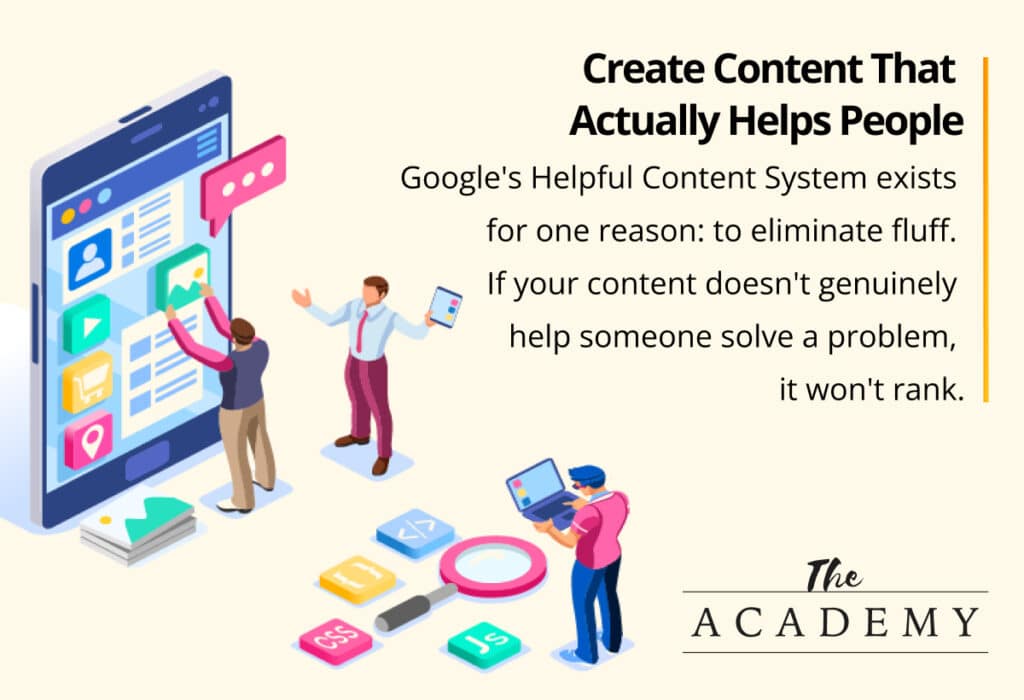
Google’s Helpful Content System exists for one reason: to eliminate fluff. If your content doesn’t genuinely help someone solve a problem, it won’t rank.
What works:
- Long-form content that answers questions in depth.
- Pillar pages supported by in-depth blogs or guides.
- Thoughtful use of AI tools like ChatGPT, Claude.ai, or Copy.ai to speed up ideation—but always edit and add your expertise.
- Write for your buyers’ journey, not a Google crawler.
Pro tip: Build your editorial calendar around real business objectives and customer questions. Make every piece count.
4. Technical SEO: The Foundation Everything Else Depends On
Your content could be brilliant, but if your site is slow, broken, or impossible for search engines to crawl, it won’t matter.
Focus on:
- Core Web Vitals: speed (LCP), interactivity (FID), and layout shift (CLS).
- Mobile-friendliness—B2B buyers research on the go.
- Fix crawl issues, redirect loops, and duplicate content.
- Add structured data (Schema.org) to help Google understand your content and boost click-through with rich results.
Recommended tools: Google PageSpeed Insights, Ahrefs Site Audit, Google Search Console
5. Local SEO Still Matters (Even for National Companies)
Even if your business serves a national or global audience, you likely have local opportunities: service hubs, field reps, job sites, or distribution points.
What to do:
- Fully optimize your Google Business Profile.
- Keep NAP (Name, Address, Phone) consistent across directories.
- Build local landing pages with custom content.
- Use local schema markup.
And don’t overlook reviews.
They boost visibility and trust. Make it easy to collect them in the field using tools like Podium, GatherUp, or Birdeye. Train your team to ask for reviews after successful jobs. Embed testimonials on your site to showcase credibility.
6. AI in SEO: Use It Smart, Not Everywhere
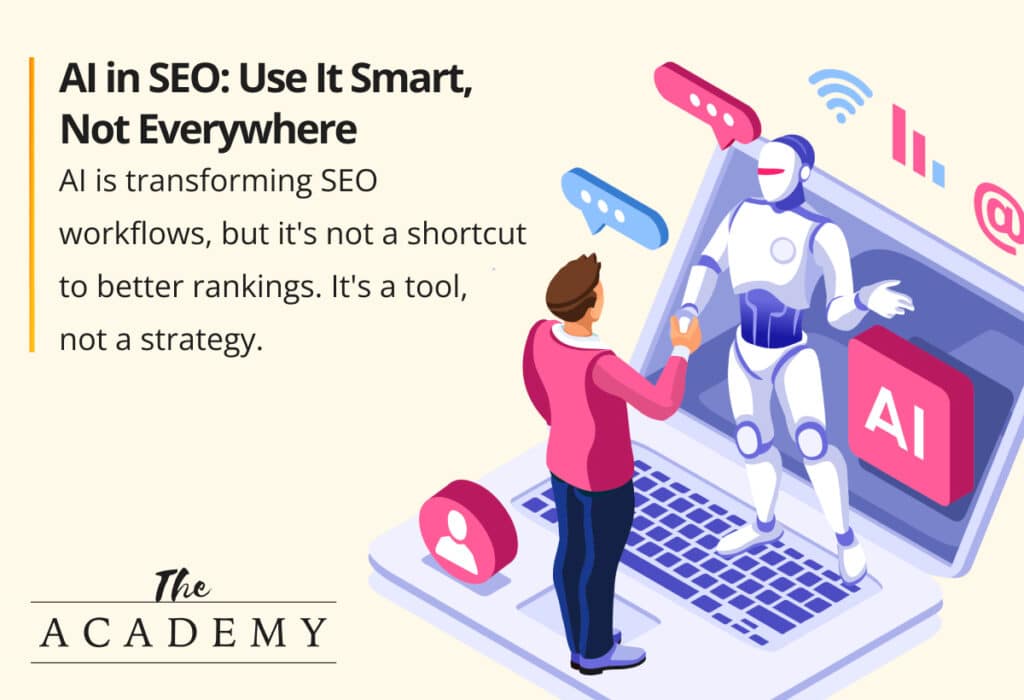
AI is transforming SEO workflows, but it’s not a shortcut to better rankings. It’s a tool, not a strategy.
Use AI for:
- Drafting outlines and research prompts.
- Creating initial copy or metadata variants.
- Speeding up competitive or content research.
Avoid AI for:
- Fully automated content.
- Rewriting existing posts with no added value.
- Replacing your expertise or insights.
Google’s algorithm can detect low-quality, unoriginal AI content. Use AI to enhance productivity—but edit, fact-check, and inject personality.
7. Measure What Matters (Not Just Rankings)
Rankings alone won’t tell you if your SEO is working. Focus on the metrics that drive growth and lead to real business results.
Track this instead:
- Organic traffic via GA4
- Keyword visibility with SEMrush or Ahrefs
- Form fills and lead quality
- Engagement and time on page
- Share of voice in your space
Review progress monthly. If you’re working with an agency, expect transparent reporting that connects efforts to ROI.
8. What to Do Next: Your SEO Launchpad
SEO isn’t a task you check off—it’s a system you invest in.
Start here:
- Weeks 1–2: Run an in-depth SEO audit.
- Weeks 3–4: Fix the highest-impact technical issues.
- Month 2: Build your quarterly content roadmap.
- Month 3: Decide if you’re building an internal team or outsourcing.
- Ongoing: Commit. Measure. Improve. Repeat.
Final Thought: Stop Guessing. Start Building.
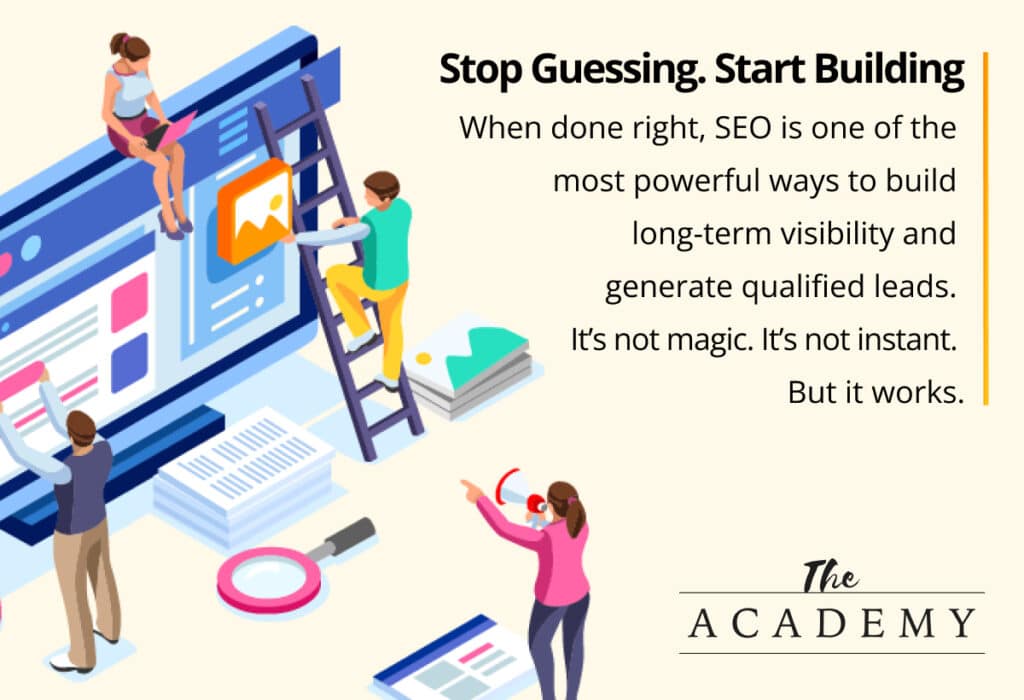
If SEO hasn’t worked before, it was likely incomplete. Maybe the foundation was broken. Maybe the content was generic. Maybe success wasn’t clearly defined.
When done right, SEO is one of the most powerful ways to build long-term visibility and generate qualified leads. It’s not magic. It’s not instant. But it works.
Don’t chase trends. Don’t fall for overnight promises. And don’t wait.
Build a strategy rooted in experience, backed by real data, and executed with clarity.
If you need help, let’s talk.
Most Popular Articles

Seeing Favicons in Your Google Search Results? Here’s Why…
Have you noticed anything different in your Google Search results lately? Google added tiny favicon icons to its organic search results in January. It was…

Business Growth and Digital Marketing News & Tips 11-17-24
Are you encouraging and rewarding innovation? Lee Cockerell is the former Executive Vice President of Operations at Walt Disney World. A lover of traditional red…

Business Growth and Digital Marketing News & Tips 11-27-24
A culture of gratitude "Feeling gratitude and not expressing it is like wrapping a present and not giving it." – William Arthur Ward Beyond being…






